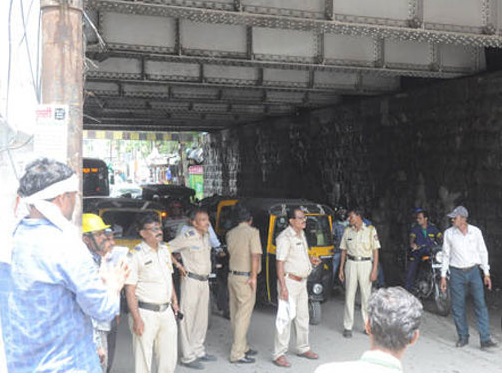The railway line divides the city into east and west Nagpur. The east represents an old organic settlement, while the west represents the new colonial town. Nagpur‟s built form consists of historic and heritage structures, which are spread across both east and west Nagpur. The urban footprint represents the developed versus undeveloped land. Mapping of Nagpur‟s built-up footprint provides details on the (1) built-up space, (2) the open spaces within the city, (3) pattern of development – vertical or horizontal, (4) dispersion of the city‟s development into the fringe areas, and (4) probable areas for future development.

Nagpur is horizontally expanding, but still the dispersion levels are very low. Also as seen from the map it is clear that in most of the development has taken place in the inner areas and the outer/peripheral areas of the city are less developed comparatively. Also, it is important to highlight that even after city sprawling horizontally, expansion of the city is restricted within the city limits; the open spaces available is less and those available are scattered and are large land parcels. It might be attributed to various reasons like (1) houses with small footprint, (2) presence of 446 slums over 25% of the city area, and (3) 62% of the land falling under the category of undevelopable land, which can be forest, water bodies, agriculture land, land under military forces in Nagpur, etc.
